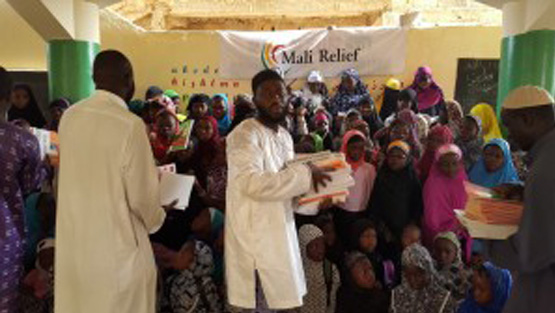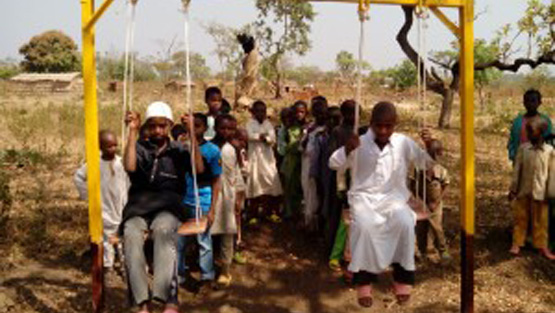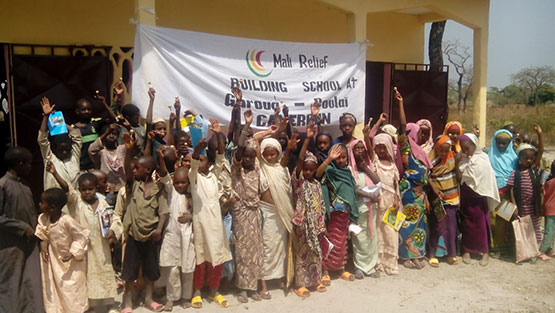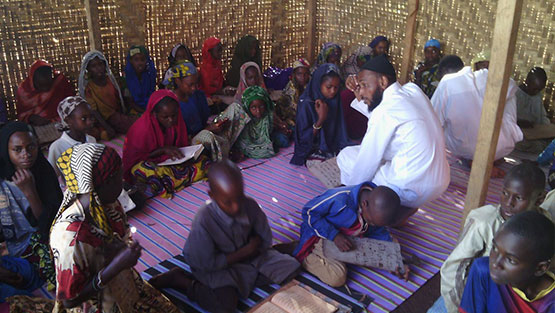Facts
Quick Facts About Mali
- Mali, officially the Republic of Mali (French: République du Mali), is a landlocked country in West Africa, bordered by Algeria to the north, Niger to the east, Burkina Faso and Côte d’Ivoire to the south, Guinea to the south-west, and Senegal and Mauritania to the west.
- Its size is just over 1,240,000 square kilometers (480,000 sq mi) with a population of 14.5 million. Its capital is Bamako.
- Mali consists of eight regions and its borders on the north reach deep into the middle of the Sahara, while the country’s southern part, where the majority of inhabitants live, features the Niger and Sénégal rivers.
- The country’s economic structure centers on agriculture and fishing. Cotton is the country’s largest crop export.


- Some of Mali’s prominent natural resources include gold, being the third largest producer of gold in the African continent, and salt.
- About half the population lives below the international poverty line of US $1.25 a day.
- Present-day Mali was once part of three West African empires that controlled trans-Saharan trade: the Ghana Empire, the Mali Empire (for which Mali is named), and the Songhai Empire.
- During its golden age, there was a flourishing of mathematics, astronomy, literature, and art. At its peak in 1300, Mali covered an area about twice the size of modern-day France, and stretched to the west coast of Africa.
- Until the military coup of March 22nd, 2012, and a second military coup in December 2012, Mali was a constitutional democracy governed by the Constitution of January 12th, 1992, which was amended in 1999.
- The varied everyday culture of Malians reflects the country’s ethnic and geographic diversity. Most Malians wear flowing, colorful robes called boubous that are typical of West Africa. Malians frequently participate in traditional festivals, dances, and ceremonies.
- Rice and millet are the staples of Malian cuisine, which is heavily based on cereal grains.
- The most popular sport in Mali is football (soccer), which became more prominent after Mali hosted the 2002 African Cup of Nations.
- Islam came to west Africa in the 11th century and remains the predominant religion in most countries in that region. An estimated 90% of Malians are Muslim (mostly Sunni), approximately 5% are Christian (about two-thirds Roman Catholic and one-third Protestant) and the remaining 5% adhere to indigenous or traditional animist beliefs.


- The Mali constitution establishes a secular state and provides for freedom of religion, and the government largely respects this right.
- This country holds the written heritage of Africa and Islam. There used to be more foreign students in Mali 500 years ago than there are now in New York.
- Estimates of literacy rates in Mali range from 27% to 46.4%, with literacy rates significantly lower among women than men.
- Mali faces numerous health challenges related to poverty, malnutrition, and inadequate hygiene and sanitation. Mali’s health and development indicators rank among the worst in the world.
- Life expectancy at birth is estimated to be 53.06 years in 2012.
- In 2000, only 62–65 percent of the population was estimated to have access to safe drinking water and only 69 percent to sanitation services of some kind.
- Medical facilities in Mali are very limited, and medicines are in short supply.
- Malaria and other arthropod-borne diseases are prevalent in Mali, as are a number of infectious diseases such as cholera and tuberculosis. Mali’s population also suffers from a high rate of child malnutrition and a low rate of immunization.
- An estimated 1.9 percent of the adult and children population was afflicted with HIV/AIDS that year, among the lowest rates in Sub-Saharan Africa.
- An estimated 85 – 91% of Mali’s girls and women have had female genital mutilation.

OUR GOAL
Our primary goal is to help the refugees and poor in Mali and in the surrounding nine countries. Our secondary goal is to strengthen the good people to safeguard the Muslim heritage of Africa.
